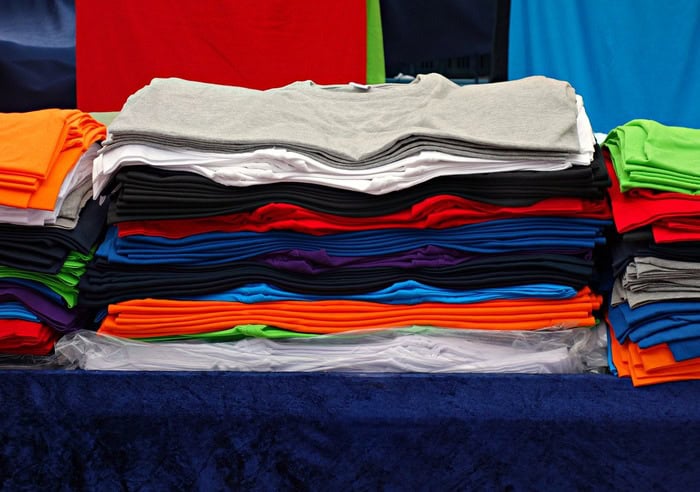
Custom t-shirt printing remains a lucrative business option for people looking for a side income and those who want to start profitable businesses. The success of these ventures depends on the quality of the delivered products because customers expect high-quality deliveries.
One area many businesses struggle with is working with colours, including ensuring those used in their t-shirts and prints are accurate. However, you can use a few simple tips to ensure your customers receive exactly what they ordered and avoid returns.
Understand Colour Codes
Before you create your first design or order your first t-shirt samples, understand how colour codes work. Every colour is a combination of varying amounts of red, green, and blue.
These combinations are represented in different formats, one of the most popular being the HEX code. An example is the yellow colour code that is represented as #FFFF00.
The first two letters or numbers represent the amount of red, the next two represent green, and the rest represent blue. You can represent every colour on the visible spectrum using this format.
These HEX codes are so powerful because they are universal. If you give someone the code #FFFF00, they will reproduce the vibrant yellow you are looking for. If you find a t-shirt wholesaler who cannot match the HEX codes you provide, it is best not to work with them because they will disappoint you and your customers.
Use Pantone Colours for Additional Accuracy
Even though you can use HEX codes for t-shirt colours, industry experts prefer Pantone colours. These colours are standardised so you can always be sure of accurate reproductions, which is why they are used in many printers and design software. You can use a Pantone Matching System when choosing your t-shirts’ colours.
To do this, find a Pantone colour that matches your desired hue as closely as possible and submit that to the t-shirt printing business when you submit your order.
Once you receive your samples, you can check them against the Pantone colour you picked. Like HEX codes, you should choose a different wholesaler if they cannot match the colours you provide.
Use a Colour Wheel for Confirmation
Creating a t-shirt design also requires understanding which colours complement each other and which are contrasting. This is also true when matching a design to a t-shirt colour. Depending on the effect you are going for, complementary and contrasting colours can produce more pronounced and better results.
For many people, looking at colours will not tell them which ones go well together and which they should not combine.
A colour wheel can help with this. It represents different colours on a wheel so you can see which colours go well together, which sit beside each other so you can include them in a palette, and which are complete opposites so you can use them together or avoid doing so.
Understand Colour Theory
We have briefly mentioned it above, but you should understand complementary, analogous, monochromatic, and triadic colours.
Complementary colours sit opposite each other on the colour wheel. Examples included yellow and purple or green and red.
Analogous colours are next to each other and a great example is yellow, yellow-green, and green.
Monochromatic colours come from the same hue family. The most common example is monochromatic black which ranges from pure black, runs across various shades of grey, and ends with a very light grey.
Triadic colours contain three colours equally spaced out on a colour wheel. An example is blue, yellow, and red.
Triadic and complementary colours work best for custom t-shirt designs and colours because they create great contrast that makes the design stand out.
Follow Colour Psychology
A common mistake many designers and custom t-shirt business owners make is not understanding colour theory. Although colour and its effects are subjective, numerous studies have shown that different colours elicit different reactions and emotions in people. You can leverage this to make impactful custom t-shirts.
For example, you can use blue to create a sense of calmness in your designs or red to show excitement and energy.
The best thing about colour and colour theory being subjective is that you can break the rules. You are allowed to use unexpected colour combinations to create unique and eye-catching t-shirts. However, try not to stray too far from established norms because doing so will ruin a good design or creative t-shirt.
Colour can make or break your t-shirt printing business. The reason is that people expect the colours of your t-shirts and designs to match those of the marketing materials. Fortunately, different tools and tips can help you ensure this and provide your customers with a great experience by delivering exactly what they ordered.
